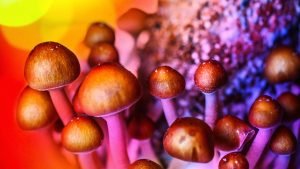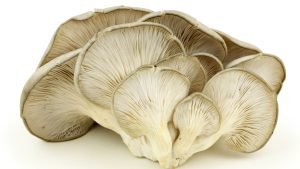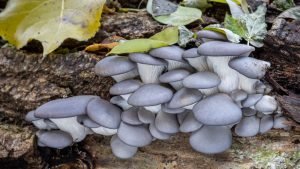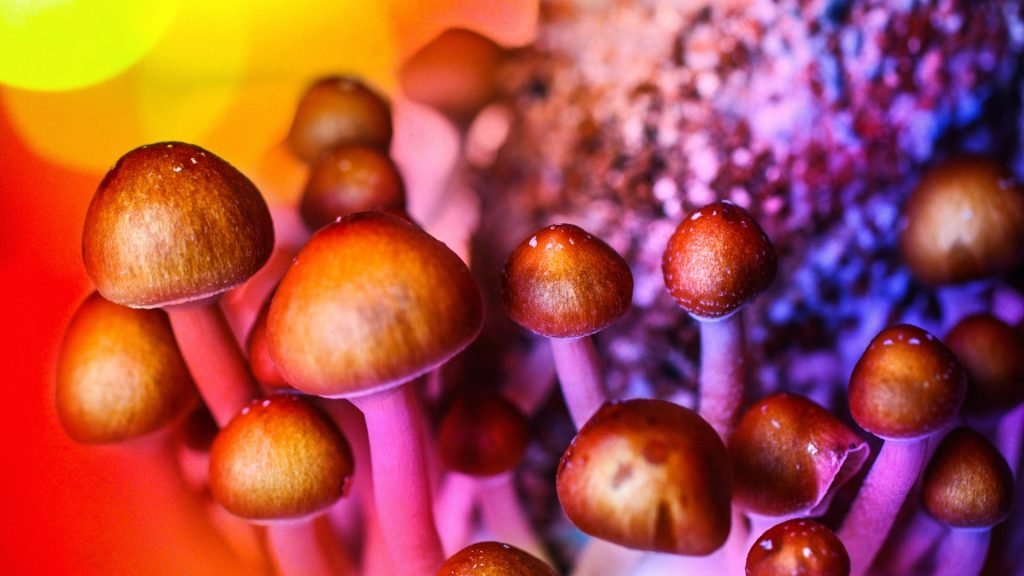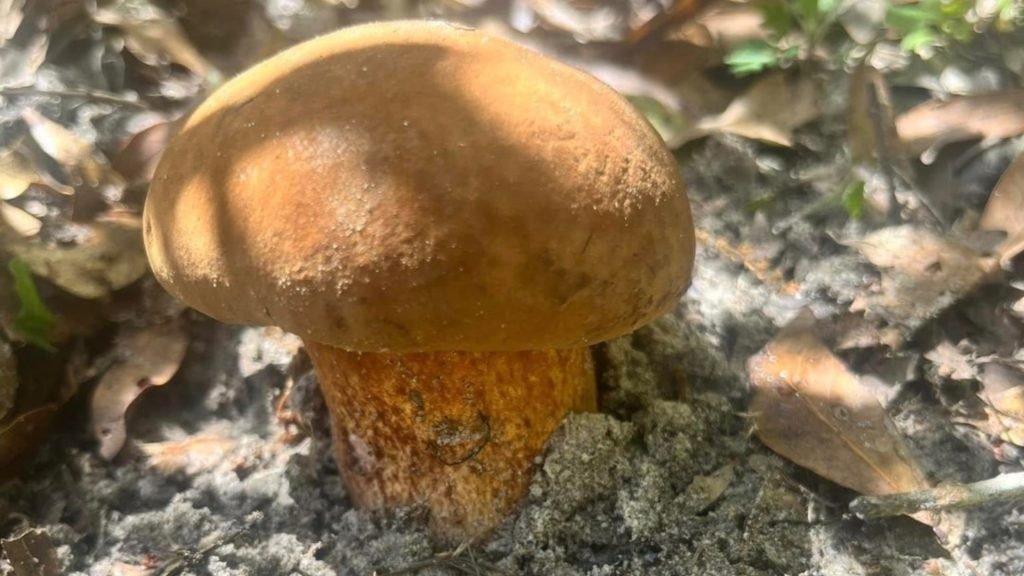For those wandering through the verdant woods, nothing captures the eye quite like the sudden splash of color from a brilliantly hued mushroom. While many might walk by without a second glance, mycologists and fungi enthusiasts know there’s a deeper tale behind these vibrant displays, especially when the radiant Chicken of the Woods takes center stage.
Forests are primarily realms of green. Towering trees, undergrowth, and ferns paint a monochrome palette that can seem endless. However, for the astute observer, spots of reds, yellows, blues, and even purples await, bringing the woodland floor to life. These shades aren’t random or mere aesthetic displays; they serve ecological purposes, convey warnings, or indicate a fungal species’ unique place within the greater woodland ecosystem. Among these, Chicken of the Woods is a primary example, but understanding its significance requires a broader look into the world of colored fungi.

The Ecological Significance of Fungal Colors:
- Communication and Camouflage: Colors in fungi often serve to either attract or repel. Brightly colored species may lure in animals and insects to aid in spore dispersal, while others might use coloration as camouflage, blending seamlessly with fallen leaves or wood.
- Warning Signs: Vivid colors might be nature’s way of saying, “Beware!” Many colorful fungi are toxic or inedible, and their hues act as a deterrent for would-be predators.
- Sun Protection: Just as plants have pigments to protect them from the sun’s UV rays, some mushrooms develop colors that shield their vital tissues from harmful radiation.

Chicken of the Woods – A Study in Brilliance:
- potting the Flamboyance: Typically growing on dead or dying hardwoods, the Chicken of the Woods announces its presence with vibrant shades of orange and yellow. These colors aren’t just for show; they hint at the mushroom’s saprobic nature, helping decompose wood.
- Edibility and Usage: Unlike many brightly colored fungi which signal danger, this particular mushroom is a sought-after edible. Its chicken-like texture and taste make it a forager’s delight. However, proper identification is crucial, as there are look-alikes.
- Ecological Role: Beyond being a treat for humans, Chicken of the Woods plays a vital role in breaking down tough plant fibers, recycling nutrients, and maintaining forest health.
The universe of mushrooms is expansive, each variant bearing its own unique charm and characteristics. The Marketplace on the 🍄 Mushroom Network is a testament to this diversity. It is a haven for those seeking a deeper understanding of the magical world of mushrooms. If you’re keen on learning more about this type of mushroom and other mushroom variants, this Marketplace is your ultimate resource.
No posts found!
Other Vibrant Fungi Worthy of Note:
- Fly Amanita (Amanita Muscaria): With its iconic red cap speckled with white, it’s a staple in fairy tale illustrations. However, it’s not just about looks; this mushroom has a history of shamanistic use due to its psychoactive properties.
- Indigo Milk Cap (Lactarius Indigo): As the name suggests, this mushroom oozes a blue milky substance when cut, making it one of the most visually striking fungi.
- The Pixie’s Parasol (Mycena Interrupta): These tiny, bright blue mushrooms can be found dotting logs and are a testament to nature’s attention to detail, even in the smallest organisms.
Not sure where to start? The 🍄 Mushroom Academy offers a wide range of courses tailored to your needs. Whether you’re a beginner eager to learn or an experienced mycologist looking to broaden your knowledge, the 🍄 Academy has something for everyone.

Chromatic Culmination:
The forest is a canvas, and while the greens might dominate, it’s the splashes of color that often tell the most compelling stories. These colored fungi, led by the luminous Chicken of the Woods, not only add beauty to our woodlands but also play crucial ecological roles, reminding us of the interconnectedness of all life forms.
Don’t forget to check out the 🍄 Mushroom Network’s Marketplace to see what’s available. But hurry, our shelves are constantly evolving, and you wouldn’t want to miss out on this wonderful mushroom. Join our growing network of Patrons, Genetics, and Mycologist Vendors only on the 🍄 Mushroom Network!
Recommended Reads:
Psychedelic Mushrooms and Beyond: A Holistic Approach to Mental Health and Wellness
The intriguing world of fungi, especially psychedelic mushrooms, has taken center stage in groundbreaking mental...
Read More...Pasta With Chicken and Mushrooms
Introduction: Embark on a culinary journey with this Pasta with Chicken and Mushrooms dish, where...
Read More...White Oyster (Pleurotus Ostreatus)
Welcome, fungi enthusiasts and culinary adventurers, to the world of the White Oyster mushroom! As...
Read More...Unearthing the Potential of the Black Pearl Oyster Mushroom
In the mycological sphere, the Black Pearl Oyster Mushroom, scientifically known as Pleurotus Ostreatus, is...
Read More...Whoa there, Spore Sport! 🍄 Looks like you’re not logged in yet. Don’t you know what you’re missing? MYCO-CREDITS! Imagine all the fungal fun you could have. It’s like finding a Morel in May and not picking it. Tragic, right? Log In or Become a Myco-Patron and start racking up those credits. It’s more rewarding than finding a mushroom in your backyard! 🌟🏡


